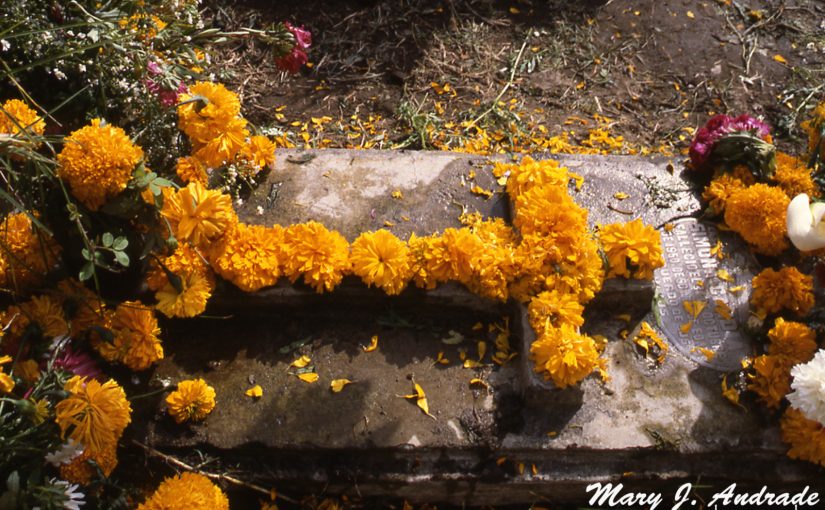Day of the Dead in Mexico
Day of the Dead in Mexico
Category: Traditions
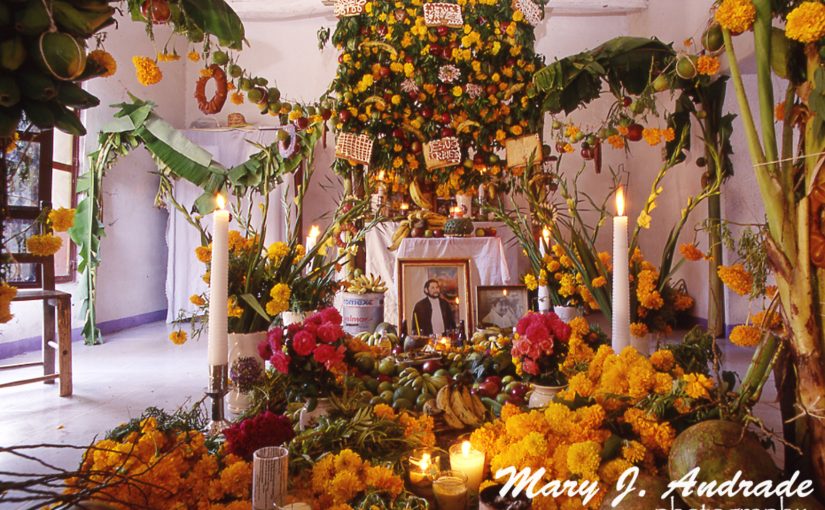
Tradición Zapoteca en el estado de Oaxaca: el Biquié
In Tradiciones Estilo de altar piramidal, Istmo de Tehuantepec. Durante la festividad de Todos Santos o Día de los

The Offering in the Hidalgo Huastecan region
The celebration of Xantolo, in the Huasteca of Hidalgo has become a rite enriched by a series of ceremonies.
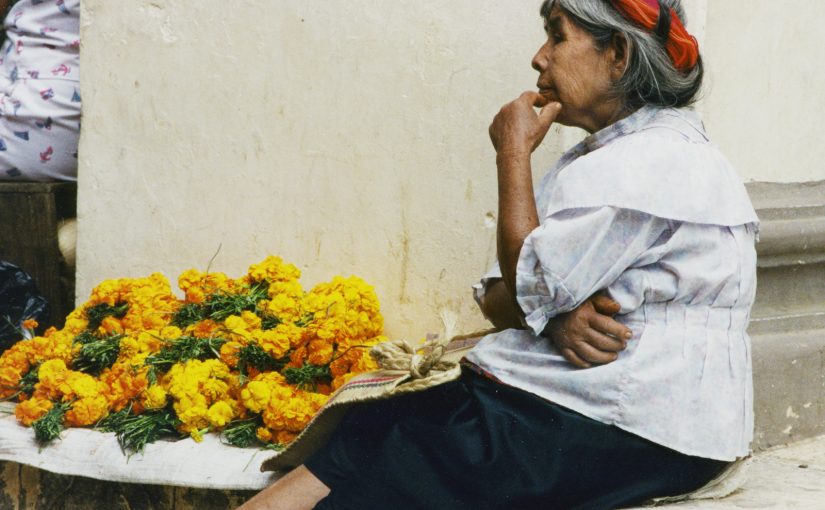
Xantolo in the Huasteca Potosina
A time to relive the tradition and to appreciate the wealth of Pre-Hispanic Ancestry It was believed in the
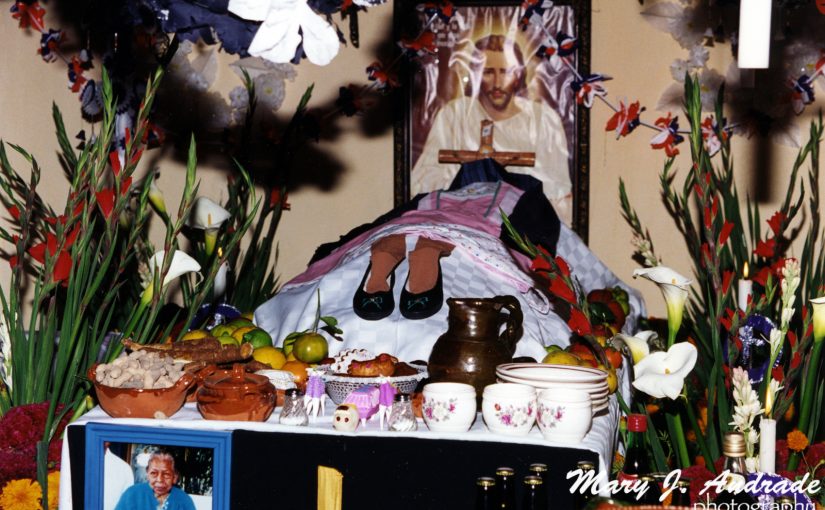
Significance of the various elements present on the Altar-Offerings in Morelos
•The deceased picture serves to help the soul’ departure from purgatory, if it resides there. Candles symbolize mourning, especially

The Biquie: A Zapotec Tradition
Many people in the Isthmus of Tehuantepec hold fast to the Zapotec tradition of having a biquie (pronounced “beqei”)
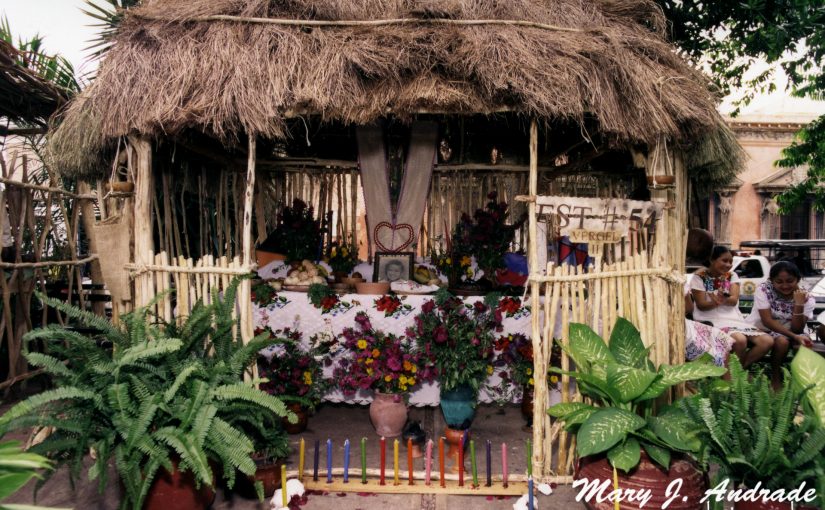
Mexico Celebrates Life
Yucatan it is known as Hanal Pixan which means "The path of the soul through the essence of food;”

Yucatan: Altar contest
Every year, an altar contest brings delegations from all over the state to the Plaza Grande in Merida.
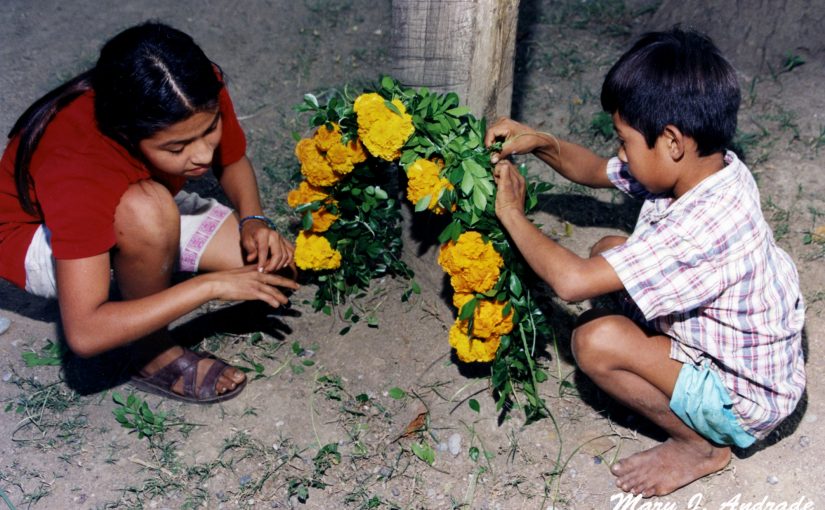
San Luis Potosi: Xantolo in the Huasteca Potosina
During the pre-Hispanic era, death did not exist. Death was seen, instead, as simply a transition, a voyage through
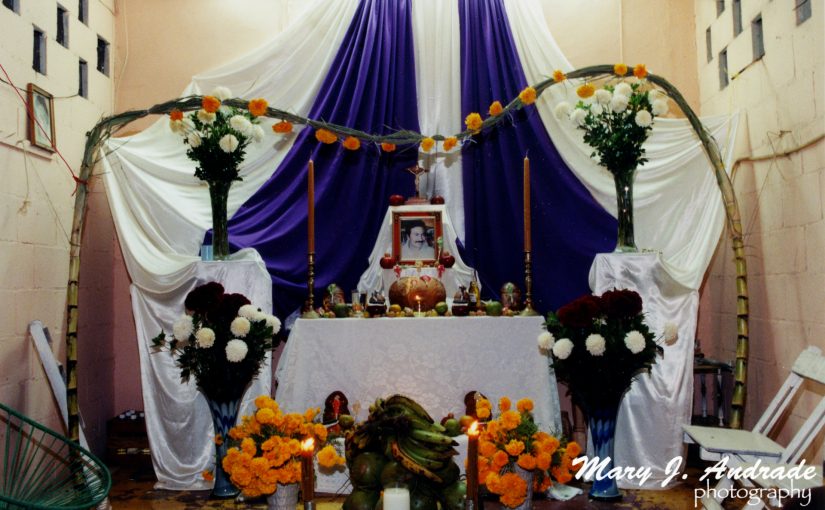
Oaxaca: A sharing of sadness and joy
The offerings, a main aspect of the celebration, echo the profound love that the Oaxacan people feel towards life.
